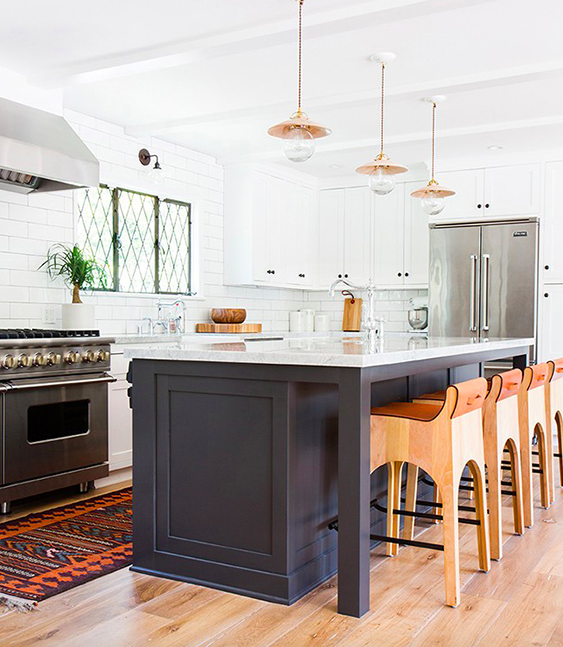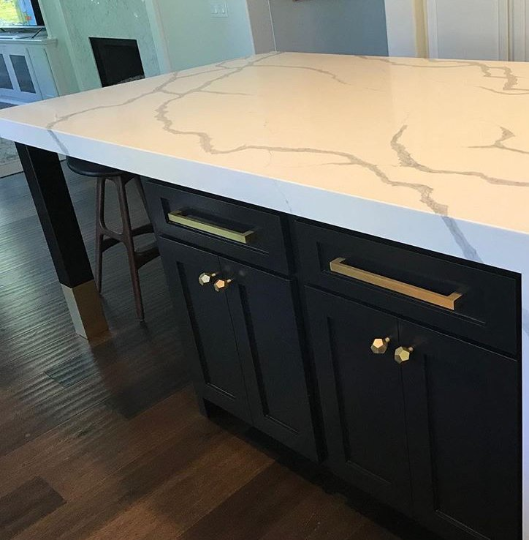Attain a Sophisticated Appearance Making Use Of Ornate Legs For Kitchen Island Styles
Attain a Sophisticated Appearance Making Use Of Ornate Legs For Kitchen Island Styles
Blog Article
Vital Elements to Take Into Consideration When Choosing Legs For Kitchen Island
Choosing the appropriate legs for a kitchen island includes a cautious analysis of numerous elements that can dramatically affect both capability and visual appeal. Among these, the selection of material plays a critical duty in making certain toughness, while the style must enhance the existing decoration. Additionally, factors to consider such as elevation and weight support are crucial for security and comfort. As we explore these components, it ends up being clear that each choice can have significant effects for the general kitchen experience. What nuances should be considered in each of these classifications to achieve the excellent balance?
Material Options
When choosing legs for a cooking area island, understanding the different material choices is essential for accomplishing both visual appeal and structural honesty (Legs For Kitchen Island). The choice of product significantly affects not only the durability of the island however additionally its general style and capability
Wood is a prominent selection, supplying warmth and adaptability. Strong woods, such as oak or maple, provide strength and can be discolored or repainted to match the cooking area decor. Metal legs, typically made from stainless-steel or wrought iron, add a modern-day and commercial feeling while making certain resilience and stability. These materials are resistant to wear and can support substantial weight, making them perfect for larger islands.
An additional alternative is crafted materials, like MDF or plywood, which can be much more cost-effective while still offering a variety of coatings. They may not give the very same level of stability as strong wood or metal. Legs For Kitchen Island. Last but not least, products such as acrylic or glass can create a modern appearance, though they may call for extra support to make certain security.
Inevitably, the choice of material for cooking area island legs ought to align with the preferred functionality and the total style of the cooking area.
Design and Design

When thinking about style, the shape and surface of the legs are vital. Tapered legs can supply a sense of lightness and beauty, while thicker, much more robust legs can communicate stamina and stability. In addition, the coating-- be it repainted, tarnished, or all-natural-- ought to match the cabinetry and countertop products to develop a unified appearance.
Additionally, the style of the legs can likewise reflect individual preference. Personalized or decorative legs, such as those featuring elaborate carvings or unique geometric forms, can act as prime focus, adding personality and character to the kitchen area. Ultimately, the right selection will certainly not only boost capability however also boost the aesthetic appeal, making the cooking area island a standout function of the home.
Height Factors To Consider
Choosing the proper height for kitchen area island legs is crucial, as it directly influences both functionality and comfort. The standard height for a cooking area island generally varies from 36 to 42 inches, straightening with common counter top elevations.

It is additionally vital to represent users' elevations and choices. Tailoring the height can ensure a comfy experience for all family participants, making the kitchen area island a more useful and satisfying space.
Weight Assistance
Guaranteeing ample weight support for cooking area island legs is essential for both security and functionality. The kitchen area island typically offers several objectives, including cooking, dining, and extra storage space, requiring a durable support framework. When picking legs, it is important to take into consideration the general weight ability required based on the island's planned use and the materials that will certainly be put on it.
The my blog option of product for the legs plays a significant function in their weight-bearing capacities. Solid wood, steel, and sturdy composites typically give superior stamina contrasted to lighter products. Additionally, the style of the legs-- whether they are directly, tapered, or have a pedestal kind-- can affect their ability to distribute weight successfully throughout the framework.
Furthermore, the leg placement must be purposefully planned to enhance stability. Legs positioned at the edges or with a broader base can much better sustain heavier loads. Always seek advice from the supplier's requirements regarding load limits to guarantee that the legs can sustain the designated weight without jeopardizing security. In recap, choosing kitchen area island legs with appropriate weight assistance is crucial for developing a secure and useful cooking area.
Setup and Maintenance
Correct installment and maintenance of kitchen island legs are critical for making certain long life and stability. To begin, it is crucial to comply with the producer's guidelines throughout setup. This frequently entails protecting the legs to the island base making use of proper fasteners, making certain that the legs are degree and aligned. Making use of a level device can assist prevent tottering and enhance the total aesthetic allure of the kitchen area island.
Once mounted, regular upkeep is necessary to protect the integrity and appearance of the legs - Legs For Kitchen Island. For wood legs, periodic cleaning with a wet cloth and application of appropriate timber polish can avoid dampness damage and preserve their surface. Steel legs may need a mild cleansing service to remove oil and grime, complied with by a dry towel to stop corrosion development
Additionally, evaluate the legs routinely for indicators of wear or damages, such as splits or loose joints. Tightening up screws look these up or bolts as needed can additionally extend the life expectancy of the legs. By sticking to these installment and upkeep techniques, home owners can make certain that their kitchen island remains sturdy and visually appealing for years to come.
Conclusion

Visual comprehensibility is paramount in selecting the style and style of legs for a cooking area island, as these components greatly influence the general setting of the room. Conical legs can provide a sense of lightness and sophistication, while thicker, a lot more durable legs can share toughness and security.Picking the ideal elevation for cooking area island legs is crucial, as it directly impacts both functionality and comfort. In summary, selecting kitchen island legs with adequate weight assistance is essential for creating a useful and secure cooking area.
In final thought, choosing legs for a kitchen island necessitates careful factor to consider of numerous variables, consisting of material options, design, elevation, weight assistance, and setup.
Report this page